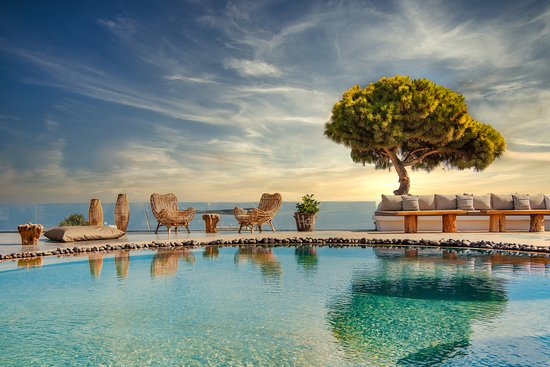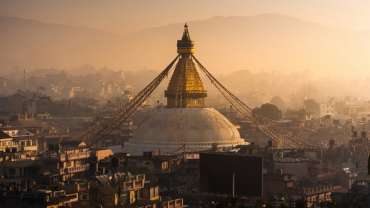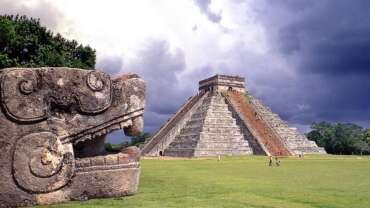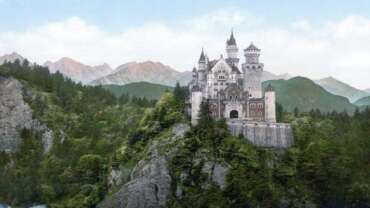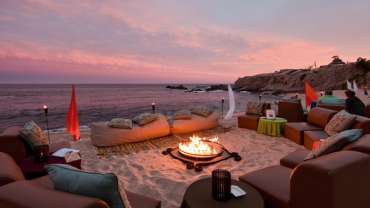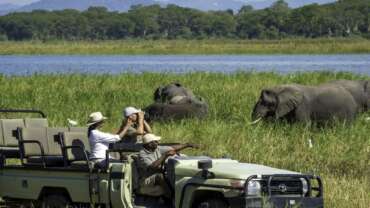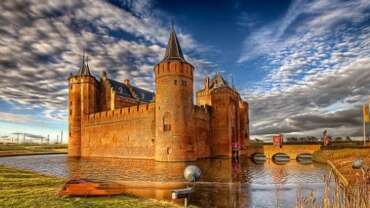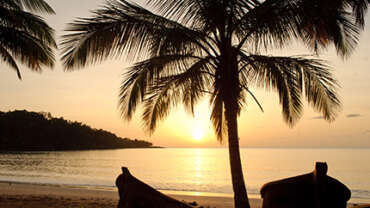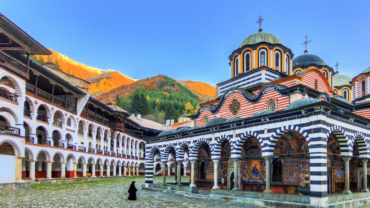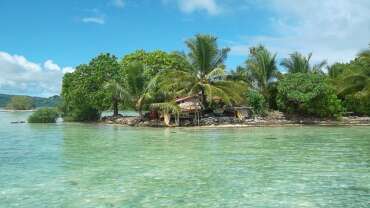San Marino - Come and Experience it!
San Marino is a mountainous microstate surrounded by north-central Italy. Among the world’s oldest republics, it retains much of its historic architecture. On the slopes of Monte Titano sits the capital, also called San Marino, known for its medieval walled old town and narrow cobblestone streets. The Three Towers, castlelike citadels dating to the 11th century, sit atop Titano’s neighboring peaks.
In the heart of Italy, on the border between the regioni of Emilia Romagna and Marche, the Republic of San Marino extends for 61,196 km². It is the third smallest country in Europe, with only Vatican City and Monaco being smaller.
The Monte Titan that with its three “penne” (jutting peaks) is the symbol of the country, it marks the beginning of the Tuscan-Romagna section of the Apennines and, with its 749 meters over sea level, it is the highest point in the Country. In effect, the mount has an unusual configuration as compared to the surrounding territory which is prevalently hilly. Actually, it is a large sandy limestone rock, residual of the fragmentation of a large undersea plate over twenty-million years ago. Other fragments formed mounts which today are called: Della Verna, Simoncello, Fumaiolo, San Leo.
Some mountain streams, beginning on Mount Titano, join the main rivers which flow across the San Marino territory; among these: the Marano and the Marecchia rivers which, after approximately twenty kilometers, flow into the Adriatic Sea: the Marano at Riccione and the Marecchia at Rimini.
The lowest point in the Country is Falciano, Municipality of Serravalle, which is only 55 meters above sea level.
History of San Marino
The Republic of San Marino traces its origin to the early 4th century CE when, according to tradition, St. Marinus and a group of Christians settled there to escape persecution. The Castellum Sancta Marini is mentioned in the Liber Pontificalis (“The Book of the Pontiffs”) in 755; the oldest document in the republican archives mentions the abbot of San Marino in 885. By the 12th century San Marino had developed into a commune ruled by its own statutes and consuls. The commune was able to remain independent despite encroachments by neighbouring bishops and lords, largely because of its isolation and its mountain fortresses. Against the attacks of the Malatesta family, who ruled the nearby seaport of Rimini, San Marino enjoyed the protection of the rival family of Montefeltro, who ruled Urbino. By the middle of the 15th century, it was a republic ruled by a Grand Council—60 men taken from the Arengo, or Assembly of Families. Warding off serious attacks in the 16th century (including an occupation by Cesare Borgia in 1503), San Marino survived the Renaissance as a relic of the self-governing Italian city-states. Rule by an oligarchy and attempts to annex it to the Papal States in the 18th century marked the decline of the republic.
When Napoleon invaded Italy, he respected the independence of the republic and even offered to extend its territory (1797). The Congress of Vienna (1815), at the end of the Napoleonic Wars, also recognized its independent status. During the 19th-century movement for Italian unification, San Marino offered asylum to revolutionaries, among them Giuseppe Garibaldi. After Italy became a national state, a series of treaties (the first in 1862) confirmed San Marino’s independence. In World War II, San Marino remained neutral, but it was the target of a British bombing raid in 1944 and was briefly occupied by both the Germans and the Allies later that year.
Orientation of San Marino
Identification: San Marino takes its name from its founder, Marinus, who according to legend founded the republic in 301 C.E. San Marino is comprised of native Sammarinese and Italian citizens. Although Italian-speaking and heavily influenced by the surrounding Italian culture, the Sammarinese have maintained their individuality through the centuries, have a strong sense of identity, and are proud of their unique culture.
Location and Geography: San Marino, one of the smallest republics in the world, is located in the Emilia-Romagna region of Italy, south of the city of Rimini on the northern part of the Adriatic coast. Approximately 24 square miles (61 square kilometers) in size, San Marino is completely landlocked. Situated in the central part of the Apennine mountains, San Marino is dominated by the three-peaked Mount Titano, which is 2,437 feet (743 meters) high. There are several streams and small rivers, including the Ausa, Marano, and the San Marino. The terrain is rugged but the climate is Mediterranean with mild to cool winters and warm, sunny summers. The capital is located in the main town, also called San Marino. Other important towns include Serravalle, Borgo Maggiore, and Domagnano.
Demography: A 1997 survey put the population of San Marino at 24,714 of which 14 percent are were fourteen years old and younger, 68 percent were between fifteen and sixty-four years old, and 18 percent were sixty-five years old and over. The population is divided ethnically between Sammarinese and Italians. San Marino is one of the most densely populated countries in the world with an average of more than 860 people per square mile (332 per square kilometers). The republic is approximately 5.5 miles (9 kilometers) across and 8 miles (13 kilometers) long. It is estimated that sixteen thousand Sammarinese live in other countries.
Linguistic Affiliation: The official number of languages spoken in San Marino is two: a Sammarinese dialect and standard Italian. Approximately 83 percent of the population speak Sammarinese, which is considered a variation of the Emiliano-Romagnolo dialect found in the surrounding Italian region. Standard Italian is the language of everyday use, although typical Sammarinese phrases and expressions are used regularly.
Symbolism: The Sammarinese flag consists of two equal bands of white (above) and light blue (below) with the national coat of arms placed in the center. The coat of arms features a shield with three towers on three peaks flanked by a wreath, with a crown above and a scroll below bearing the word Libertas (Liberty). The towers represent the three fortified towers on Mount Titano which have been strategic in the defense of the republic throughout its history. The national holiday is 3 September, the Anniversary of the Foundation of the Republic.
Architechture of San Marino
Urbanism, Architecture, and the Use of Space
San Marino is a mountainous nation consisting of small hill towns. Stone, brick, and tile are some of the principal building materials and like many Italian towns, the center of town is piazza which also serves a social function as a gathering place. The capital, the City of San Marino, is a fortified town as are many of the other towns of San Marino. Much of the original medieval fortifications remain, including three fortified towers located on the peaks of Mount Titano. These towers, called La Guaita, La Cesta, and Il Montale, are still linked by ramparts and walls constructed from the local sandstone. The oldest part of the capital dates from the early twelfth century. In the older sections of San Marino there are still many buildings dating from the Renaissance period in the early 1400s.
Shopping in San Marino
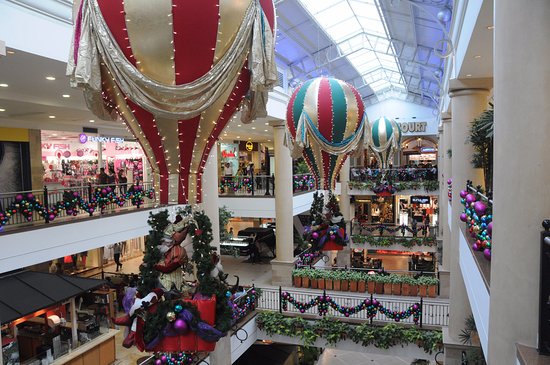
Very close to the Adriatic coast, San Marino is a must-see for “shopping addicts” of all kinds. Outlets, shopping center, shops and street markets spread in nine castles offer a wide range of possibilities for shopping.
This is also due to a lighter lever tax: make purchases in San Marino may be cheaper than in Italy. The most wanted “products” for those who come across the border are clothing, footwear, perfumes and cosmetics, electronics, musical instruments and food and wine products
In the historical center of San Marino there are many shops with local and traditional product of San Marino: hand-painted ceramics, art objects manufactured in iron, wood and precious materials, lace, embroidery and prints on canvas. But also tasty confectionery products, such as the Three Towers Cake, the typical sweet of San Marino.
Since 1995 the Republic of San Marino has established the Mark of Origin and Typicality to protect, enhance and promote the artistic and traditional.



